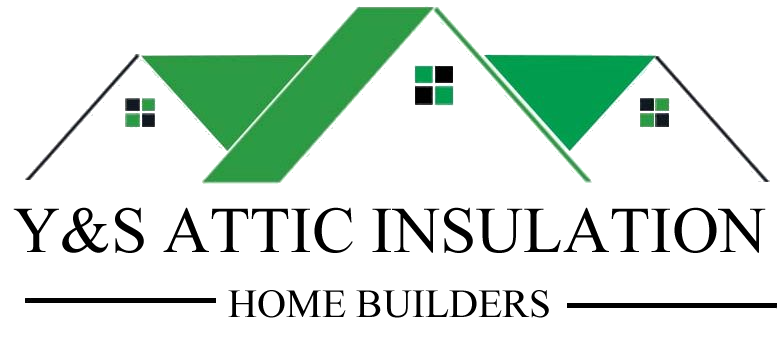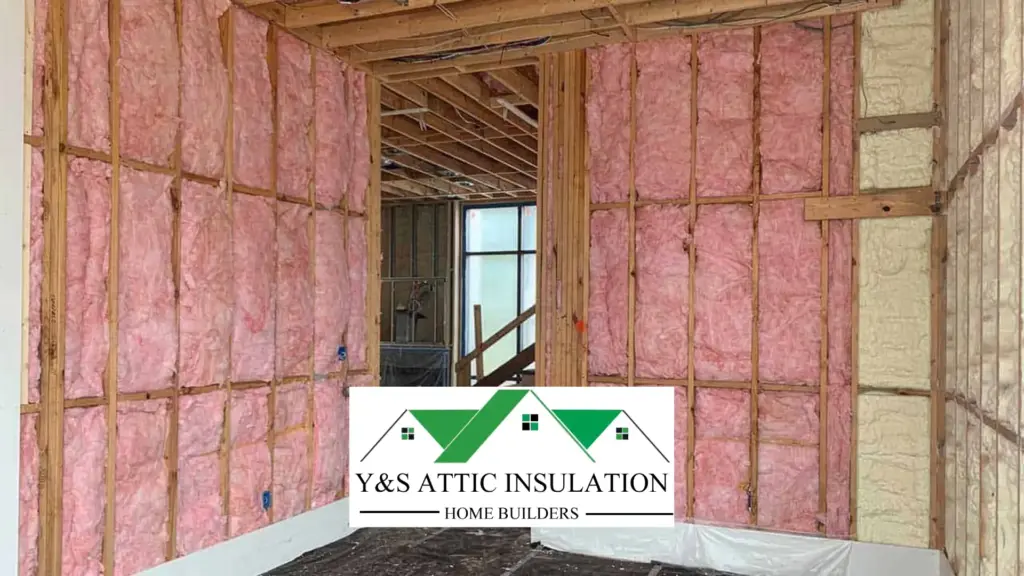Choosing the right type of insulation is crucial for improving energy efficiency, enhancing comfort, and reducing energy bills. With several insulation materials available, each offering different benefits, it’s important to understand your options before making a decision. Whether you’re considering insulation installation for new construction or an upgrade to an existing home, knowing the differences can help you select the best solution. Let’s explore the most common types of insulation and how to choose the right one for your home.
Fiberglass Insulation
Fiberglass insulation is one of the most widely used options in insulation installation. It’s made from fine glass fibers and is available in batts, rolls, or loose-fill form. Fiberglass is effective at resisting heat transfer and is affordable, making it a popular choice for walls, attics, and crawl spaces. It offers a high R-value, which measures its thermal resistance, and is non-combustible, adding a layer of fire protection to your home.
Spray Foam Insulation
Spray foam insulation is a highly effective option that expands to fill gaps and cracks, creating an airtight seal. This type of insulation is ideal for hard-to-reach areas like corners, attics, and wall cavities. It provides superior energy efficiency by preventing air leakage and offers high R-values per inch. Spray foam is more expensive than fiberglass but delivers long-term energy savings, making it a strong choice for homeowners looking for maximum insulation performance during insulation installation.
Cellulose Insulation
Cellulose insulation is an eco-friendly option made from recycled paper products treated with fire-retardant chemicals. It’s typically used in loose-fill form and is ideal for insulating attics, walls, and floors. Cellulose is effective at filling irregularly shaped areas, offering excellent thermal performance. Its ability to reduce air leakage makes it a popular choice for homeowners seeking energy efficiency and sustainability in their insulation installation.
Foam Board Insulation
Foam board insulation consists of rigid panels that offer high insulation value with minimal thickness. This type of insulation is perfect for areas like basements, foundation walls, and exterior walls where space is limited. Foam board insulation is moisture-resistant, making it ideal for below-grade applications where dampness is a concern. It also provides excellent thermal resistance, helping to lower energy costs after insulation installation.
Choosing the Right Insulation for Your Home
The best insulation for your home depends on several factors, including your climate, budget, and the area you’re insulating. For example, spray foam or foam board might be ideal for sealing gaps and preventing air leaks, while fiberglass or cellulose could work well in larger open spaces. Consulting with a professional insulation installation service can help you assess your home’s needs and choose the insulation type that offers the best energy efficiency and cost savings.
Learn more about Insulation installation:
The Long-Term Benefits of Insulation Installation for Home Comfort
How Insulation Installation Can Drastically Reduce Your Energy Bills

